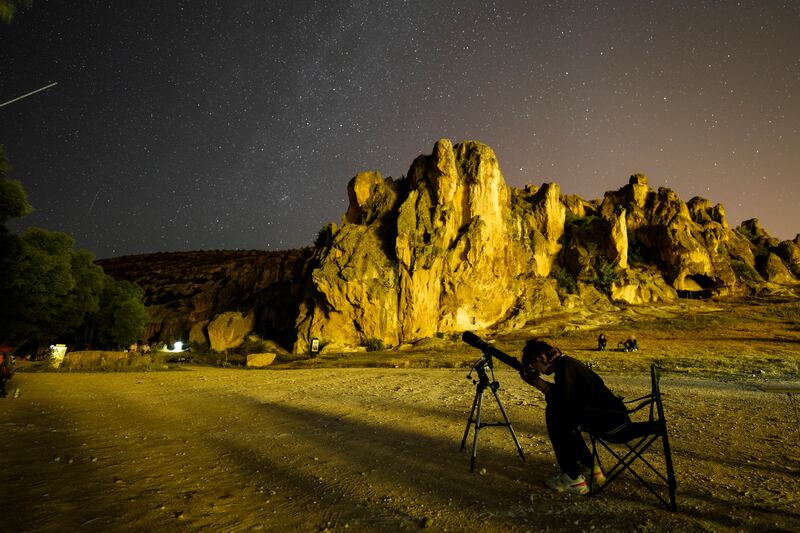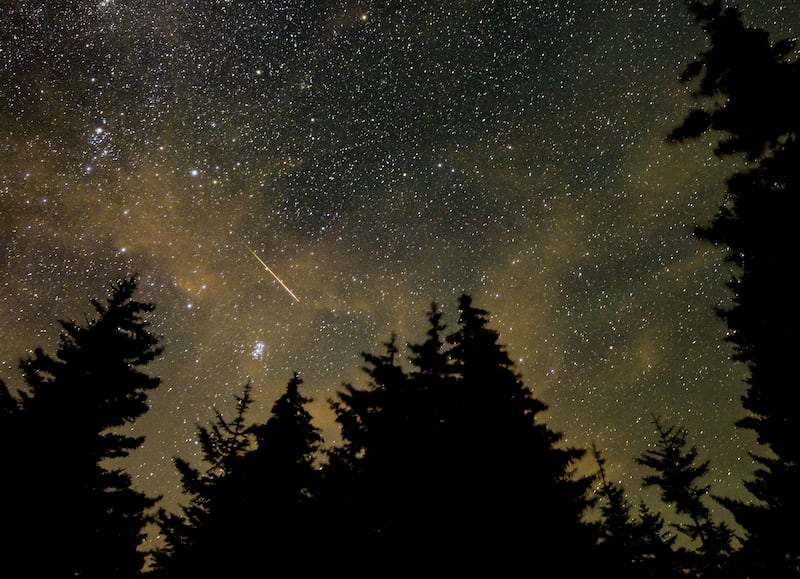If you consider yourself a night owl who loves gazing up at the night sky, a rare collection of meteor showers will be visible this week.
The American Meteor Society announced that the Southern Delta Aquarids have been active since July 18, reaching their peak between July 29 and 30. The Alpha Capricornids meteor showers are set to peak on July 30 and 31. These streaks of fiery light will be visible from both hemispheres, appearing in the constellation Capricorn, according to The New York Times.
If you happen to miss these two celestial events, the Perseids meteor shower will reach its peak on Aug. 11 and 12. The New York Times declared that with this much activity in our night skies, one could call it “meteor season.”
How to watch the active meteor showers
A meteor shower is when Earth’s orbit passes through debris left by a comet, also known as a meteor stream, according to NASA Science Space Place.
The currently active meteor showers are some of the most visible and vibrant, producing significant activity. Successfully observing them requires strategic timing; according to The American Meteor Society, these showers are best seen after midnight, the less moonlight the better.
CNN reported that Robert Lunsford, the fireball report coordinator for the American Meteor Society said, “Wednesday night is the best time to view both showers, as the moon wanes and loses about 8% illumination each night.”
According to Andrew Rivkin, a planetary astronomer and research scientist at the Applied Physics Laboratory at Johns Hopkins University in Baltimore, viewing these showers with your eyes is much easier than using equipment. You’ll want a clear view of the night sky, per CNN.

Deeper meanings
In some cultures, shooting stars and meteors carry deeper meanings. According to Zodiac Psychics, the Indigenous Kawaiisu tribe believes that falling meteors symbolized death and illness. In ancient Greece, the astronomer Ptolemy claimed that meteor showers occurred when the gods opened up the sky to watch the humans below.
Whether you interpret shooting stars as omens or ponder the mysteries of the cosmos, according to Peter Brown, a physicist at Western University in Ontario, “almost any night when it’s dark and clear, you’re going to see a good number of meteors,” per The New York Times.

